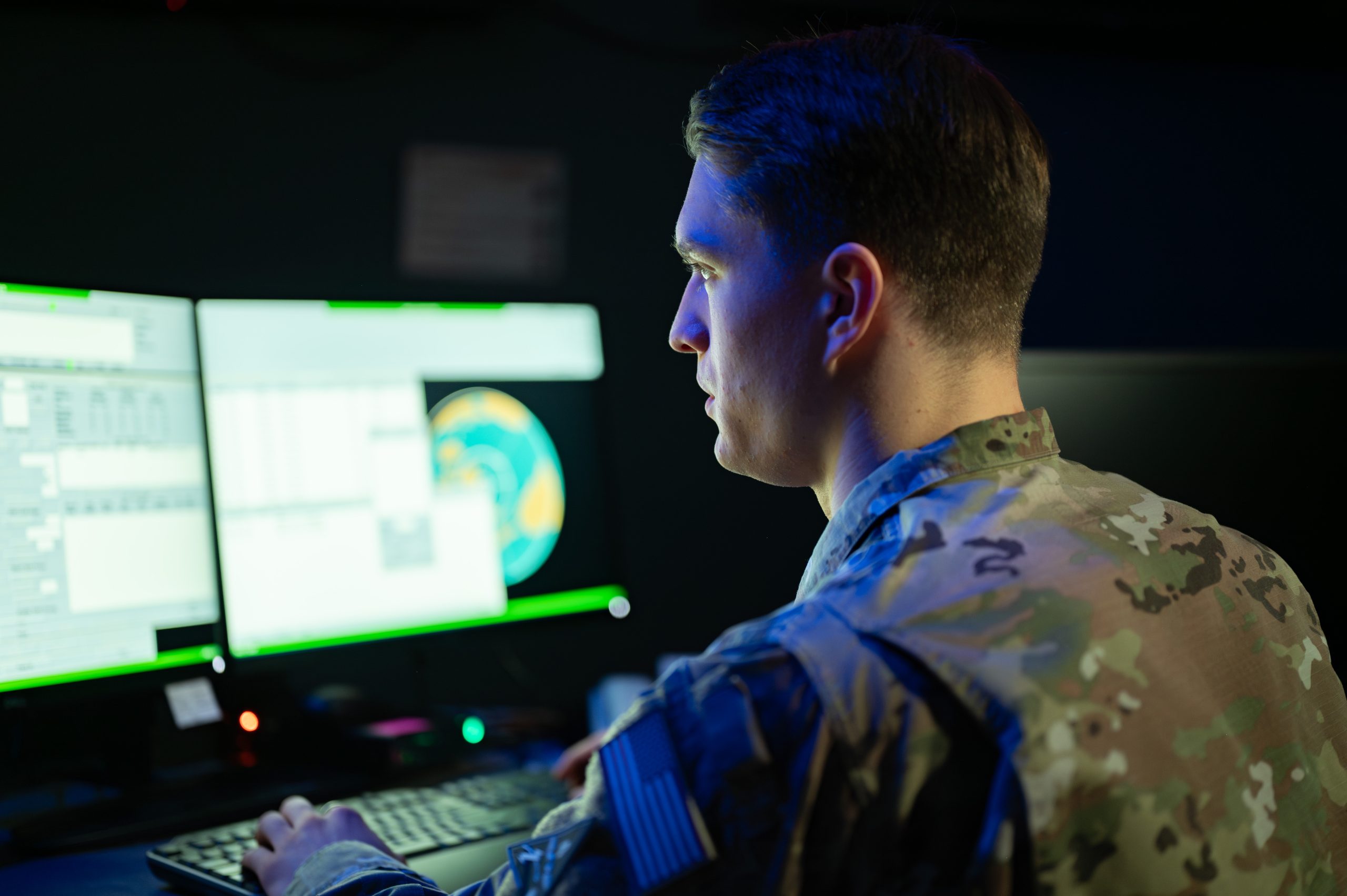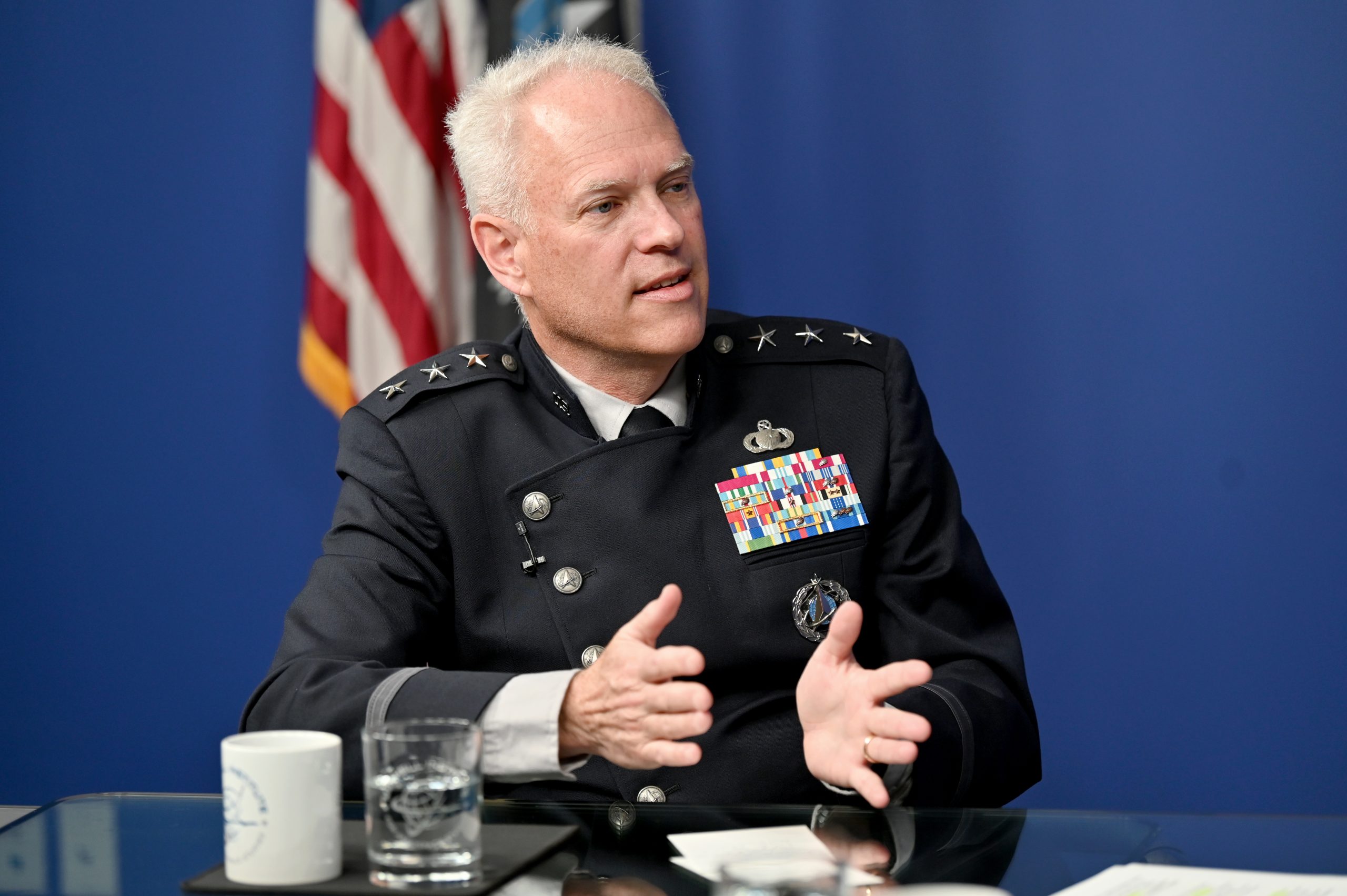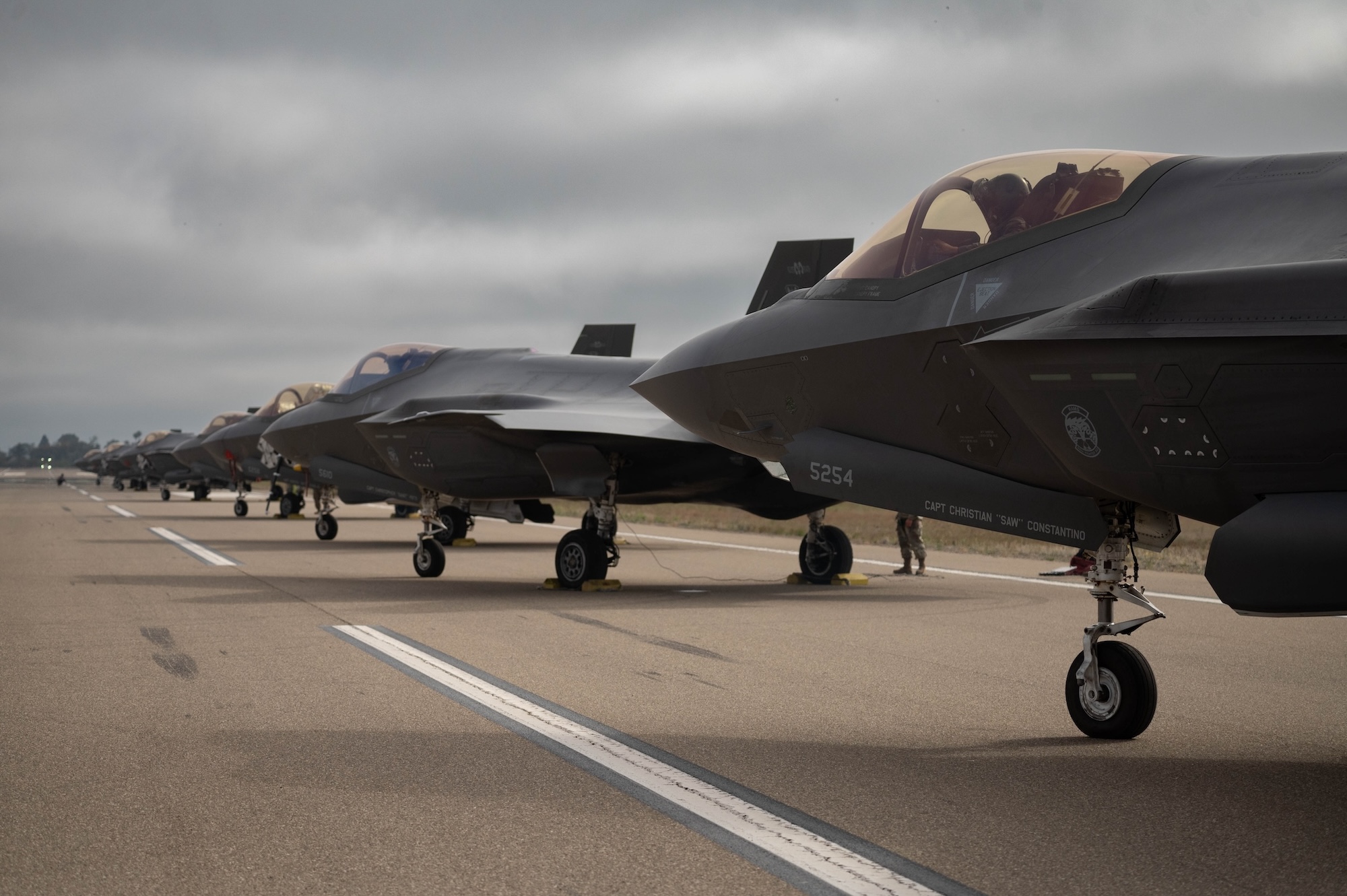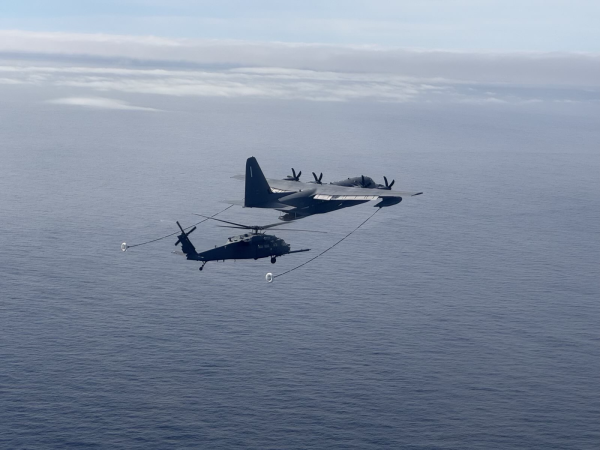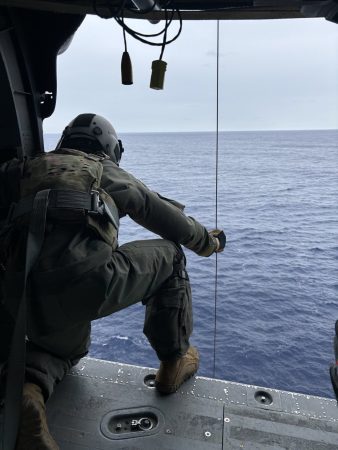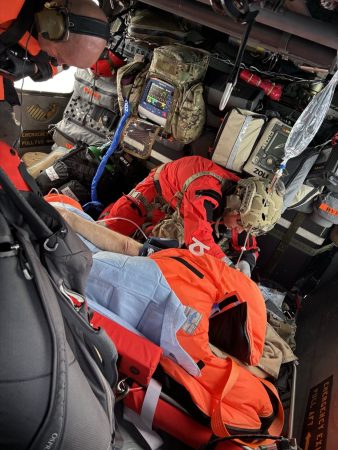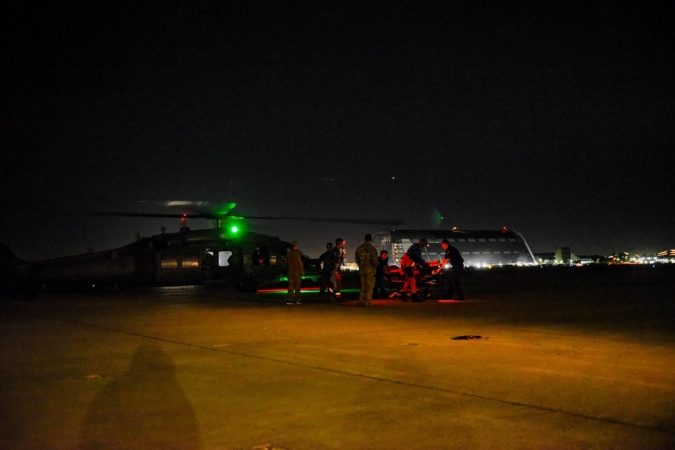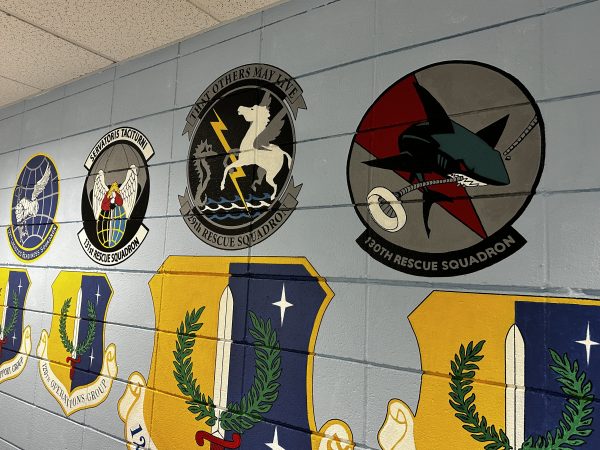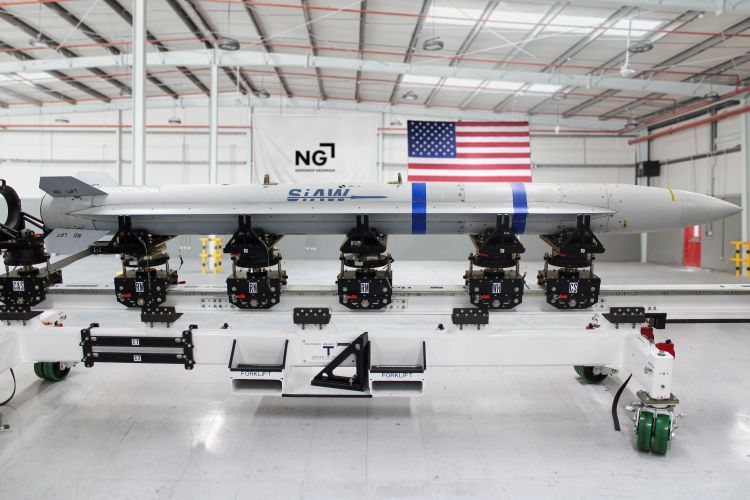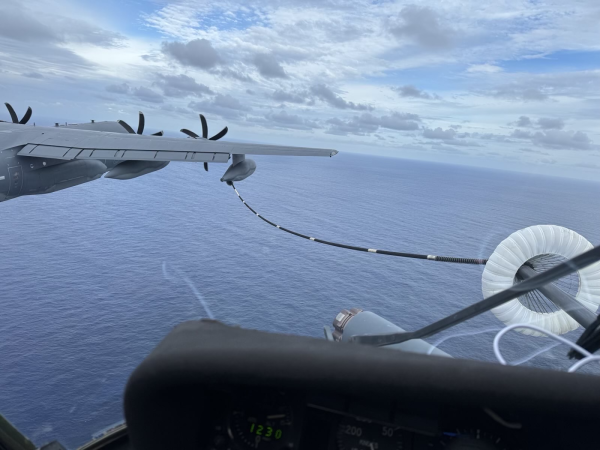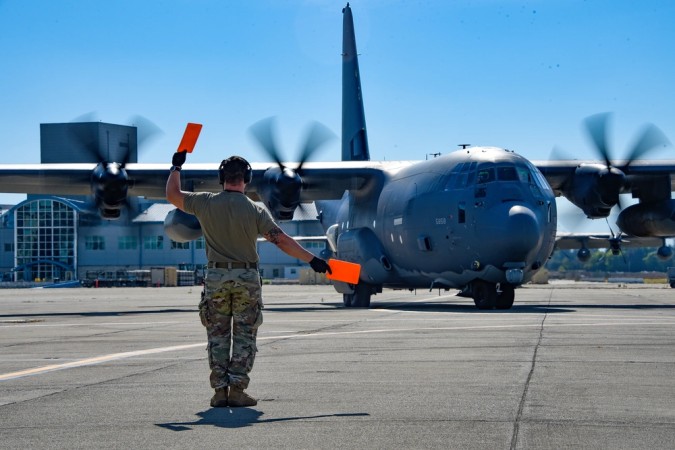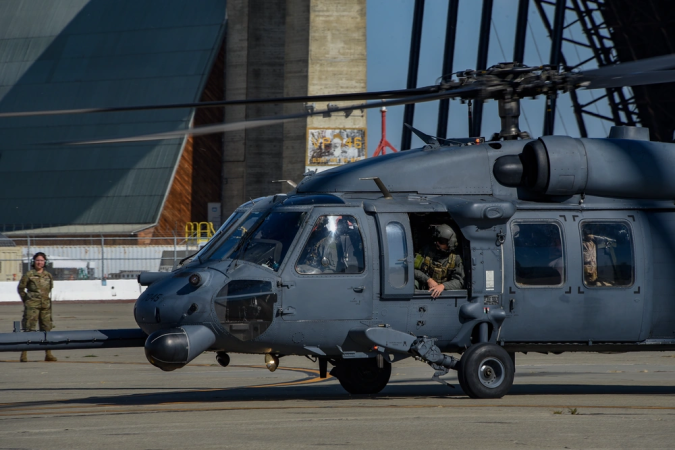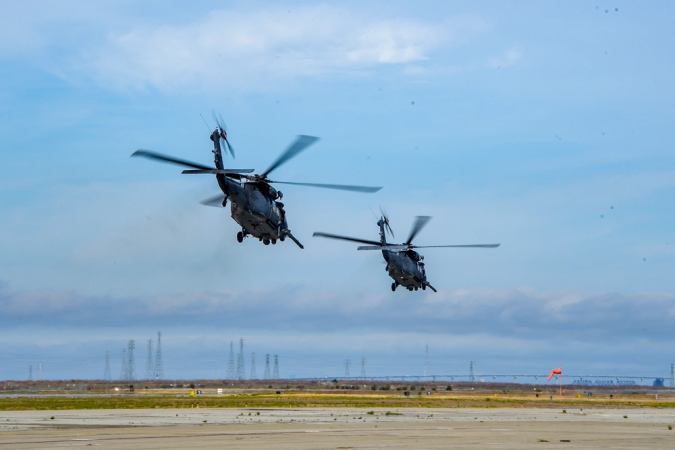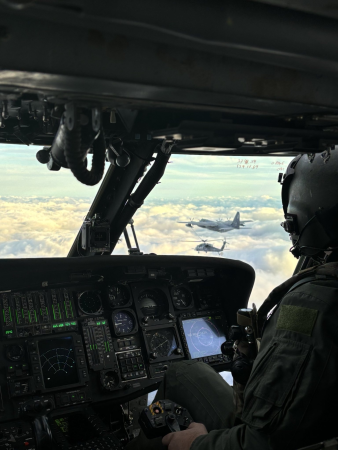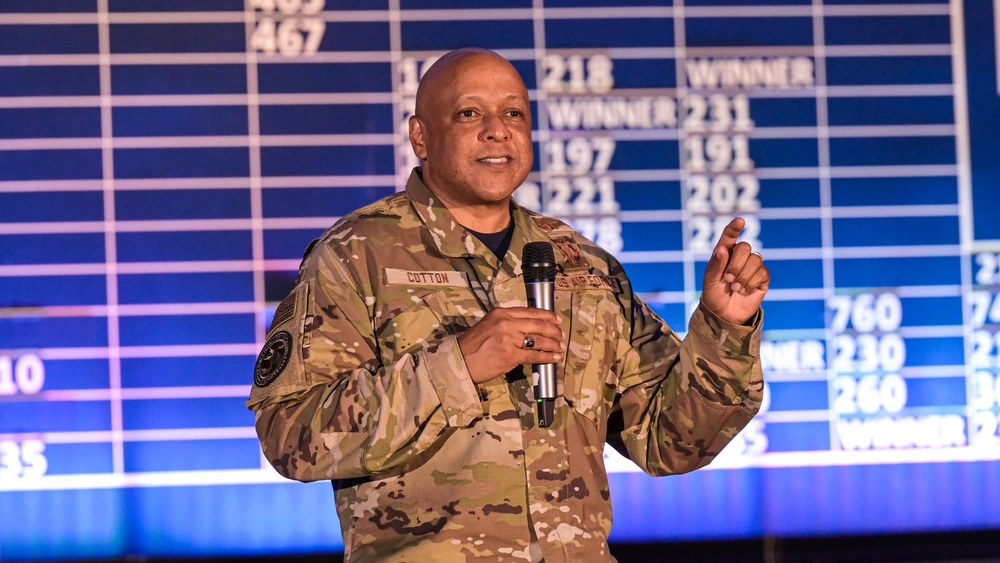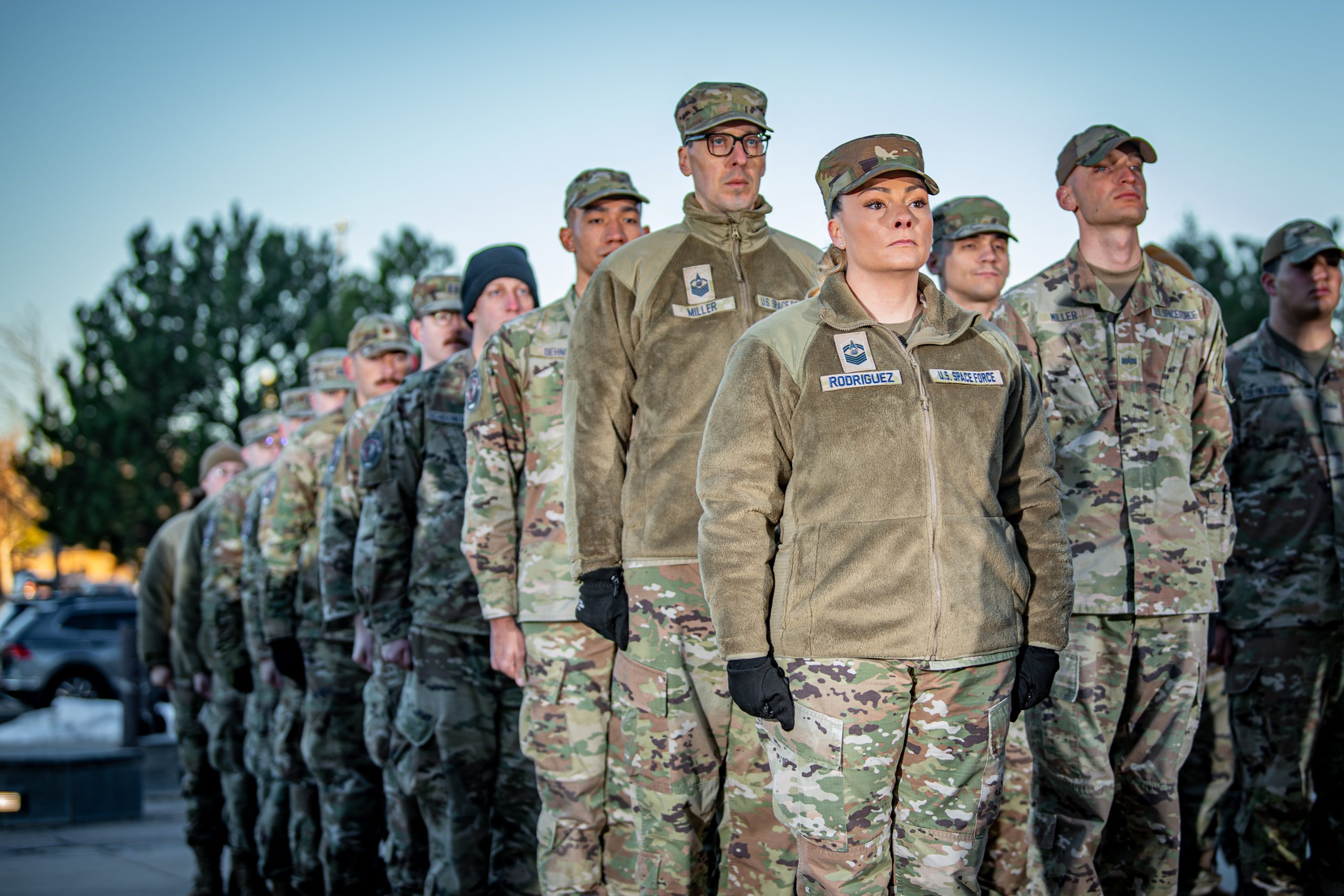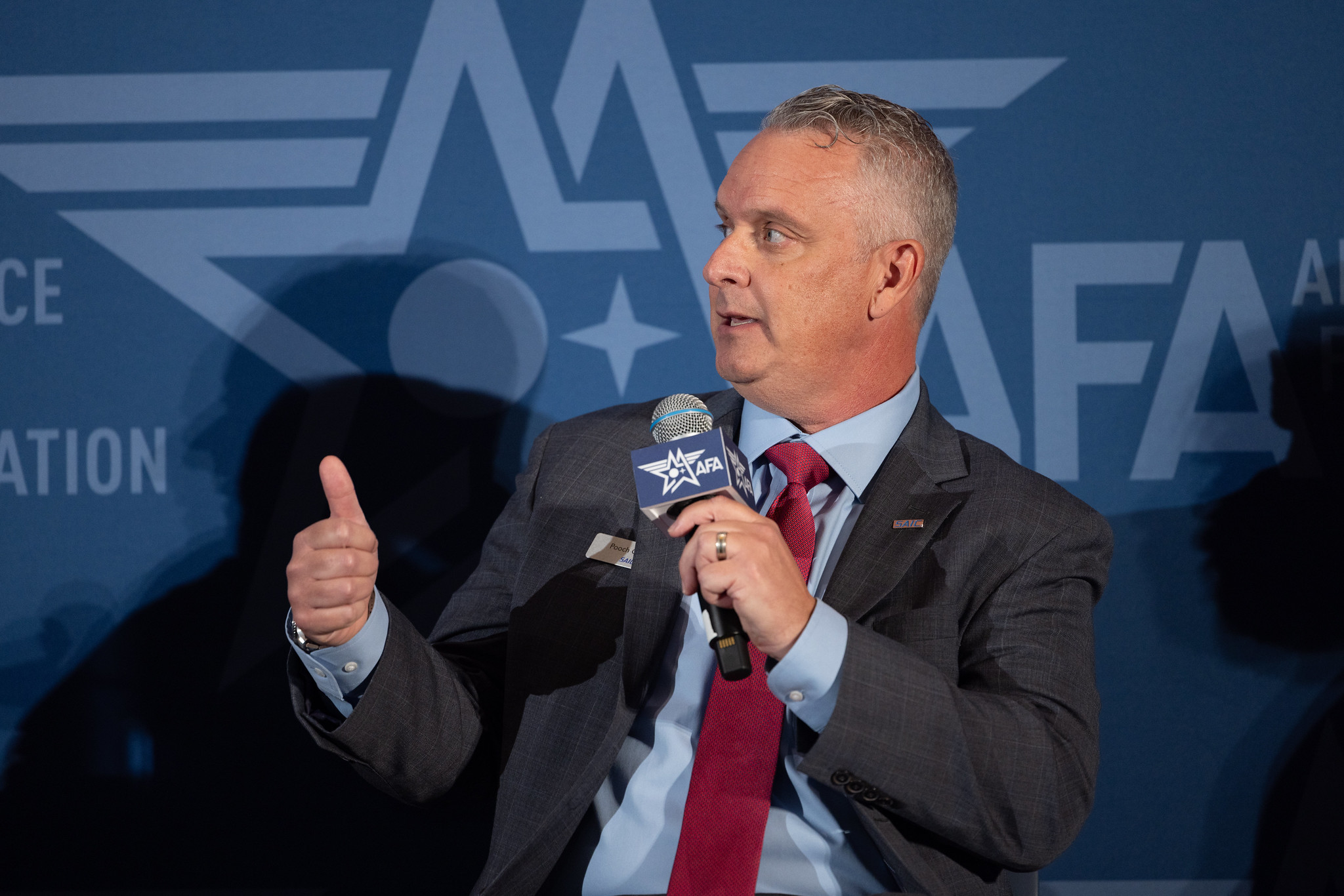The Air Force Historical Foundation (AFHF) announced the 2023-2024 winners of its prestigious annual awards honoring individuals and units “dedicated to the making and documentation of Air Force and Space Force history.” In addition to the standard collection of awards, this year’s honors include the first-ever Lifetime Achievement for Space Award.
The AFHF will present the awards on May 22, 2025, at the Smithsonian National Air and Space Museum, Udvar-Hazy Center in the Space Hangar.
Unit Awards
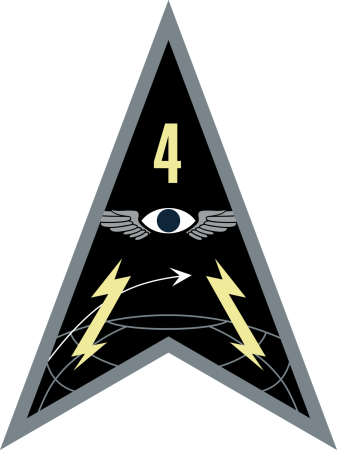
Gen. James H. “Jimmy” Doolittle Award
AFHF’s Doolittle Award recognizes an active Air Force or Space Force unit for accomplishing its mission with aplomb while under difficult and hazardous conditions in multiple conflicts. This year’s winner is Space Delta 4, the first Space Force unit ever to win the accolade. DEL 4 is headquartered at Buckley Space Force Base, Colo., and is responsible for providing strategic and theater missile warning to the United States and its international partners.

Outstanding Training Unit Award
In recognition of a unit whose primary mission is training, the 2024 Outstanding Training Unit Award goes to the 56th Fighter Wing at Luke Air Force Base, Ariz. Part of Air Education and Training Command (AETC), the 56th graduates more than 400 pilots and 300 air control professionals every year. It is the largest fighter wing in the world, serving as the home to 24 squadrons with both F-35 and F-16 aircraft.
Lifetime Service Awards
Gen. Carl “Tooey” Spaatz Award
AFHF’s Spaatz Award recognizes an individual’s lifetime contributions to Air Force or Space Force history. This year’s winner is Lt. Gen. David Deptula, USAF (Ret.), dean of AFA’s Mitchell Institute for Aerospace Studies. Among a litany of achievements noted by AFHF was Deptula’s authorship of the seminal Air Force White Paper, “Global Reach—Global Power,” and his instrumental role in developing the concept of “effects-based operations,” which he successfully applied in planning Operation Desert Storm’s air campaign.
“For decades I’ve held the Air Force Historical Foundation in the highest regard for keeping aerospace history alive and relevant, so to receive their Spaatz Award is an honor of my lifetime,” Deptula said.

Lifetime Achievement for Space Award
This is the AFHF’s first-ever lifetime achievement award focused exclusively on contributions to space. The inaugural winner is Gen. Kevin Chilton, USAF (Ret.), the Explorer Chair for the Mitchell Institute’s Spacepower Advantage Center of Excellence (MI-SPACE). Chilton spent 11 years as a NASA astronaut advancing space exploration and technology, including the deployment of satellites crucial to national defense. He later commanded Air Force Space Command and U.S. Strategic Command.
“I was both surprised and humbled by the announcement, especially for an inaugural award focused on space,” Chilton said. “By creating this award, the Air Force Historical Foundation underscores space’s pivotal role in our military history. It is an incredible honor to receive the award on behalf of all the giant pioneers of Space on whose shoulders I stand.”
Maj. Gen. I.B. Holley Award
The I.B. Holley Award recognizes an individual for “sustained, significant contributions to the documentation of Air Force and Space Force history during a lifetime of service.” The 2024 winner is Roger Launius, a civilian historian who has authored more than 20 books and 100 articles on the history of aerospace. Launius is the former chief historian for NASA and most recently served as the Associate Director for Collections and Curatorial Affairs at the Smithsonian Institution’s National Air and Space Museum.
Launius’ latest publication, “NACA to NASA to Now: The Frontiers of Air and Space in the American Century” is available for free to read online.




Literary Awards
Air Power History Book Prize
Dr. Sean Maloney, Emergency War Plan: The American Doomsday Machine, 1945-1960 (2021). Purchase the title from University of Nebraska Press.
Space History Book Prize
Aaron Bateman, Weapons in Space: Technology, Politics, and the Rise and Fall of the Strategic Defense Initiative (2024). Purchase the title from Amazon, or read online for free courtesy of MIT Press.
Book Prize for Space (Series)
Dr. John Klein, Understanding Space Strategy: The Art of War in Space (2019) and Fight for the Final Frontier: Irregular Warfare in Space (2023). View and purchase his works on Amazon.
Best Article Award
John Schell, “The SA-2 and U-2: The Rest of the Story” (2023). Read the story from the Journal of the Air Force Historical Foundation.
Special Medal for “Old School” Technical Research
David K. Stumpf, Ph.D., “Ballistic Missile Shock Isolation Systems” (Winter 2022) and “Operation Button Up: Security at Minuteman Launch Facilities” (Fall 2023), both from the Journal of the Air Force Historical Foundation.
